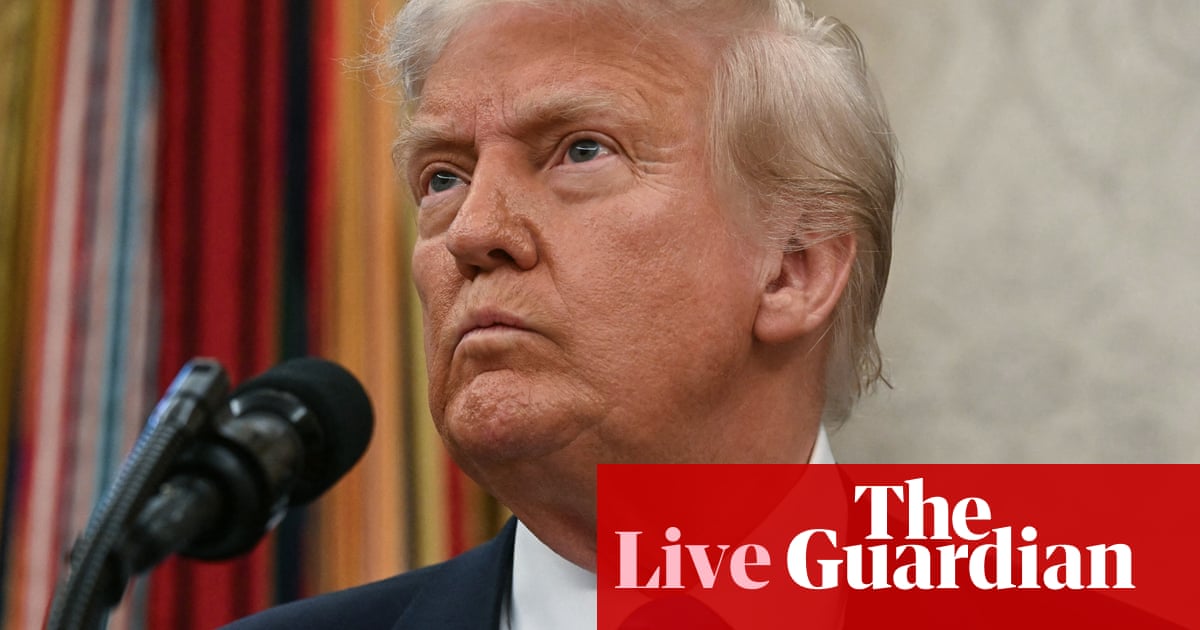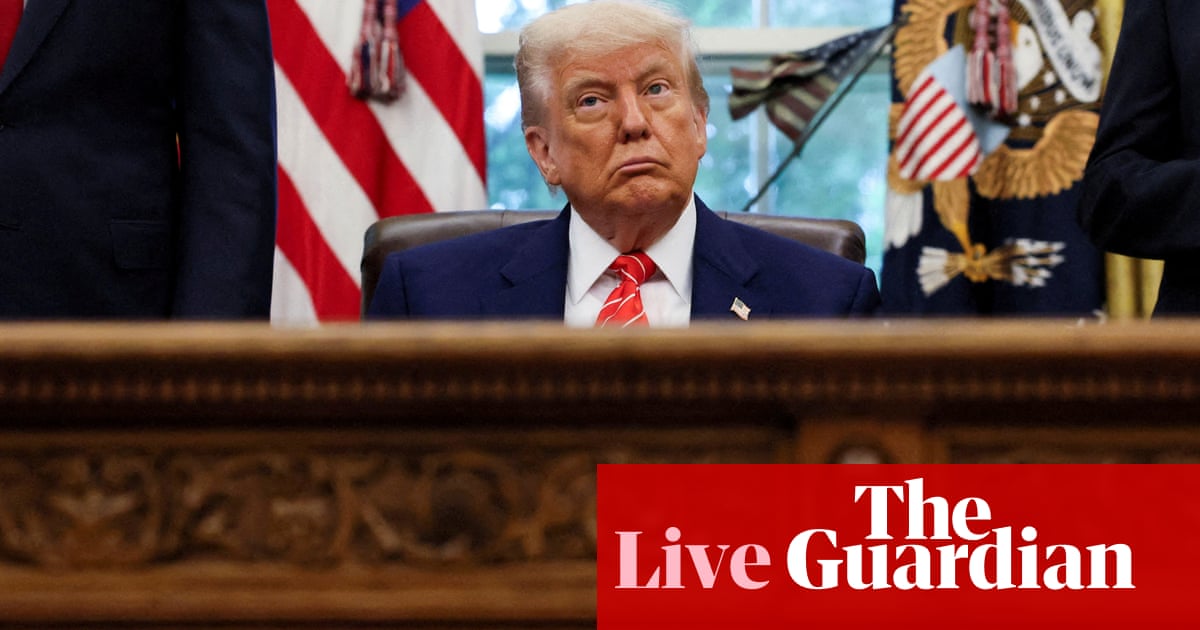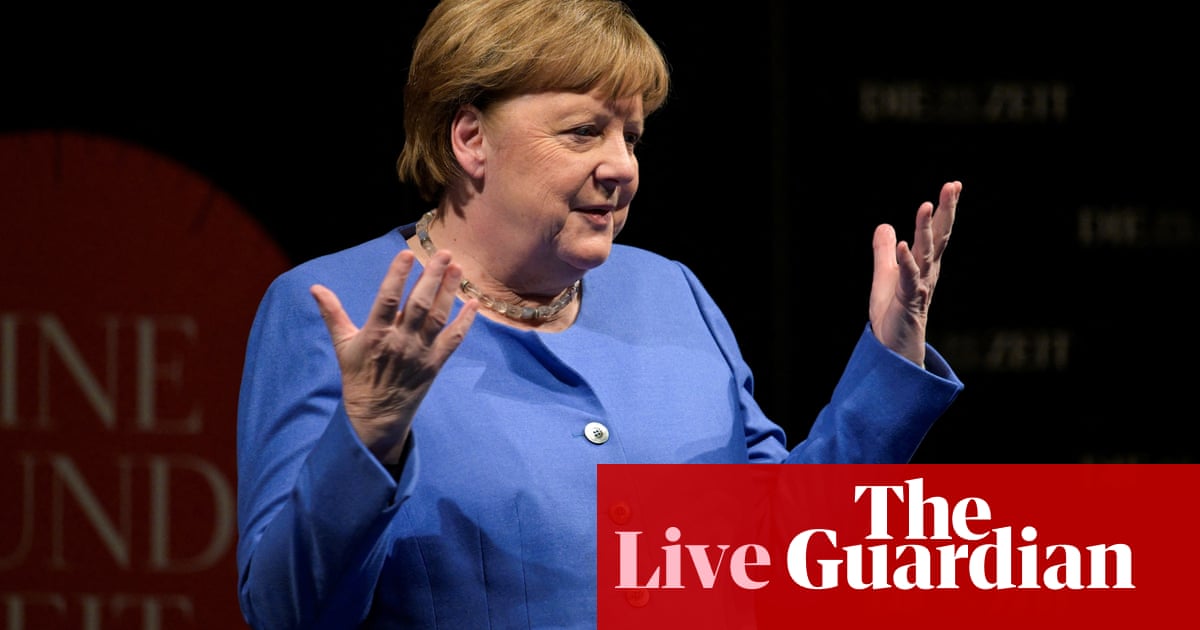The Bank of England has cut interest rates to 4.5%, but warned UK households face renewed pressure from rising prices and a sluggish economy as it halved its growth forecasts for the year.
With the government under pressure amid the fallout from Labour’s budget and Donald Trump’s trade wars, the Bank’s monetary policy committee (MPC) voted by a majority of seven to two to reduce its key base rate down from 4.75% to ease some of the financial pressure on borrowers.
However, it sounded the alarm for the year ahead, downgrading its 2025 growth forecasts made in November from 1.5% to 0.75% and warns inflation would reach a fresh peak of 3.7% by the autumn – almost twice its 2% target set by the government.
“It will be welcome news to many that we have been able to cut interest rates again today,” said Andrew Bailey, the Bank’s governor. “We’ll be monitoring the UK economy and global developments very closely and taking a gradual and careful approach to reducing rates further.”
Taking borrowing costs to the lowest level since June 2023, the decision comes with inflation having fallen back from a peak of over 11% in the second half of 2022. Economic activity has also slowed almost to stalling point amid a decline in business confidence since chancellor Rachel Reeves’s October budget.
Financial markets had indicated a 97% probability of a cut in borrowing costs after better-than-expected figures last month showed inflation unexpectedly cooled to 2.5% in December, down from 2.6% in November.
However, economists warn the Bank’s capacity to cut rates much further will be limited by inflationary pressures even as economic growth remains weak, as businesses grapple with mounting uncertainty as Trump threatens to impose sweeping tariffs on America’s allies and enemies alike.
Highlighting the risks to the economy, two of the Bank’s ratesetters, the external economists Catherine Mann and Swati Dhingra, were outvoted in pushing for an immediate half-point cut in borrowing costs to 4.25%. Mann had previously been a staunch advocate of holding rates at elevated levels until being certain a cut was required.
In a further blow to the chancellor after a major speech last week setting out Labour’s vision to get Britain’s economy growing, Threadneedle Street said it expected gross domestic product had likely fallen by 0.1% in the final three months of 2024 and was on track to rise by the same slender amount in the first quarter of this year.
Signalling that the UK was entering a period of stagflation – when weak economic growth is coupled with high inflation – it warned that households would come under renewed pressure from a fresh rise in energy prices and other utility bills.
Blaming a rise in wholesale energy prices after a cold European winter, the central bank said inflation was on track to reach a fresh peak of 3.7% in the third quarter in a development rekindling the cost of living crisis.
Despite the rise in inflationary pressures, the MPC said that weakening economic growth and a deteriorating jobs market meant inflation would fall back in future, although it also warned it would take until the end of 2027 to return to its 2% target.
after newsletter promotion
Reflecting growing dangers to the economy, the Bank said it was monitoring closely US trade policies, and warned that Britain would not be immune to a global trade war. “Greater global protectionism would be likely to have a negative impact on world economic activity in the medium term, and lead to increased trade fragmentation,” it said.
Industry groups have warned that Labour’s planned £25bn increase in employers’ national insurance contributions, and a 6.7% rise in the minimum wage from April, could force them to cut jobs or raise prices.
Earlier this month, the chancellor came under scrutiny amid a rise in government borrowing costs – fuelled by higher-for-longer rate expectations in Britain and the US – led to warnings that Reeves could be forced to break her fiscal rules.

 3 months ago
44
3 months ago
44













































